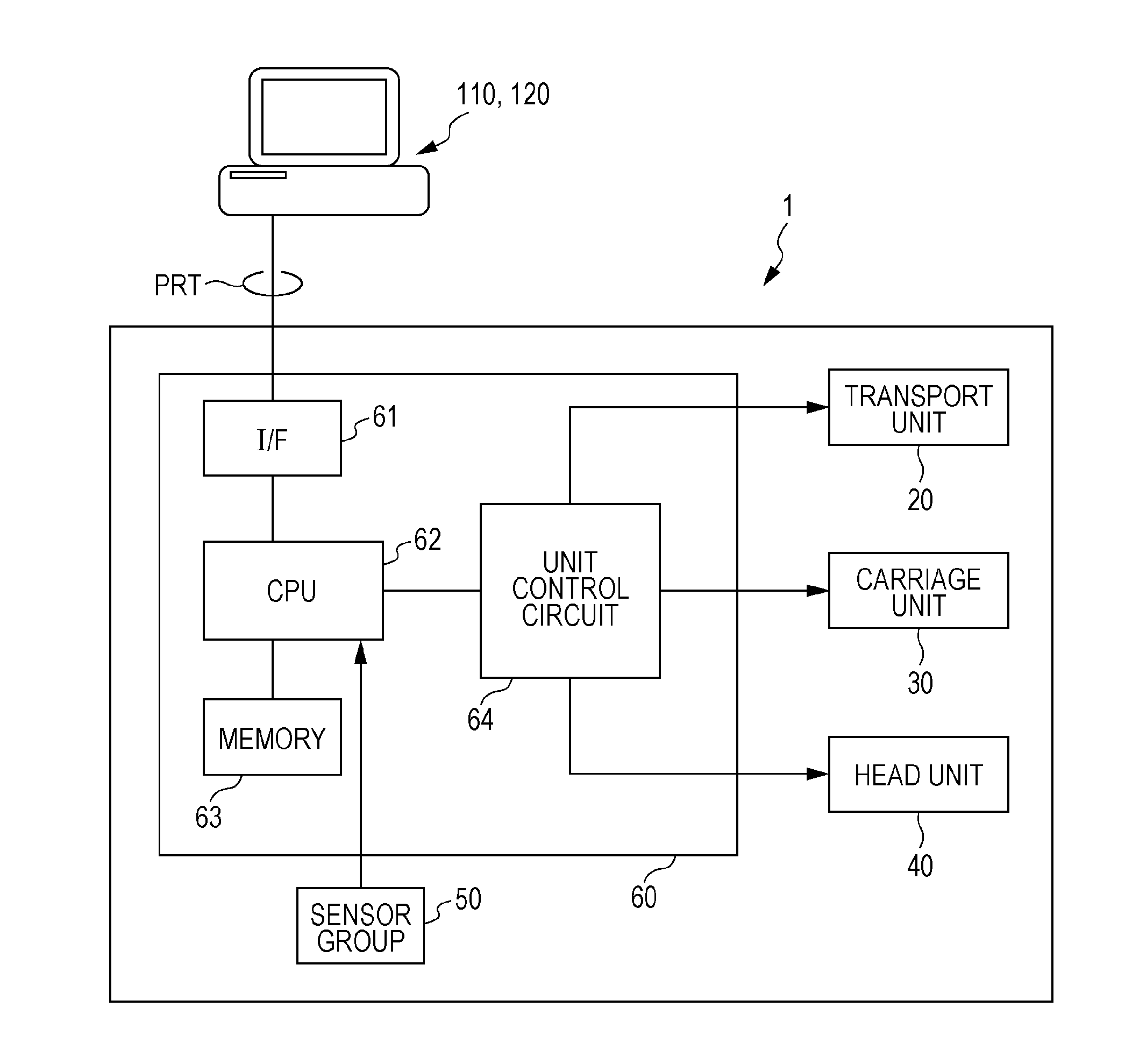Ink jet recording method and recording apparatus
a recording method and a technology of a recording apparatus, applied in the direction of dyeing process, instruments, inks, etc., can solve the problems of reducing costs, deteriorating wash resistance, etc., and achieve the effect of further improving the color developability of the recorded matter, further improving the color developability of the image to be obtained, and further improving the recording method
- Summary
- Abstract
- Description
- Claims
- Application Information
AI Technical Summary
Benefits of technology
Problems solved by technology
Method used
Image
Examples
examples
[0111]Hereinafter, the invention will be described in detail below using examples and comparative examples. The invention is by no means limited to the following examples.
Material for Ink Composition
[0112]The main materials for the ink compositions used in the examples and comparative examples below are as follows.
[0113]Titanium dioxide (NanoTek (R) Slurry, manufactured by C.I.Kasei CO., LTD., average particle size: 250 nm)
[0114]Cyan Pigment (C.I. Pigment Blue 15:3) Resin Dispersion
[0115]Resin dispersion 1 (WBR-601U, Tg: −30° C., manufactured by TAISEI FINE CHEMICAL CO., LTD., urethane resin)
[0116]Resin dispersion 2 (Movinyl 7320, Tg: −20° C., manufactured by The Nippon Synthetic Chemical Industry Co., Ltd., acrylic resin)
[0117]Resin dispersion 3 (TAKELAC W-512A6, Tg: 2° C., manufactured by Mitsui Chemicals, Inc., urethane resin)
[0118]Resin dispersion 4 (UC-3510, Tg: −50° C., manufactured by Toagosei Company Limited, acrylic resin)
[0119]Resin dispersion 5 (TAKELAC W-6021, Tg:...
PUM
| Property | Measurement | Unit |
|---|---|---|
| glass transition temperature | aaaaa | aaaaa |
| boiling point | aaaaa | aaaaa |
| glass transition temperature | aaaaa | aaaaa |
Abstract
Description
Claims
Application Information
 Login to View More
Login to View More - R&D
- Intellectual Property
- Life Sciences
- Materials
- Tech Scout
- Unparalleled Data Quality
- Higher Quality Content
- 60% Fewer Hallucinations
Browse by: Latest US Patents, China's latest patents, Technical Efficacy Thesaurus, Application Domain, Technology Topic, Popular Technical Reports.
© 2025 PatSnap. All rights reserved.Legal|Privacy policy|Modern Slavery Act Transparency Statement|Sitemap|About US| Contact US: help@patsnap.com


